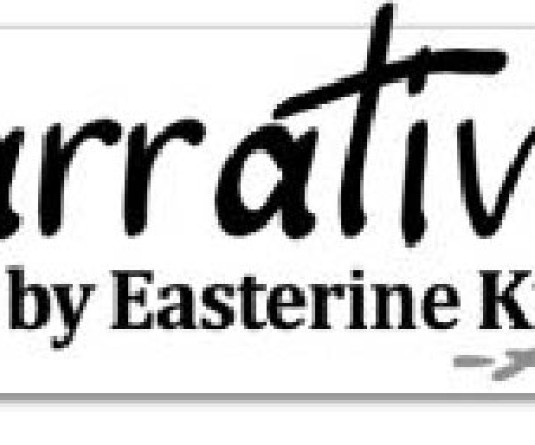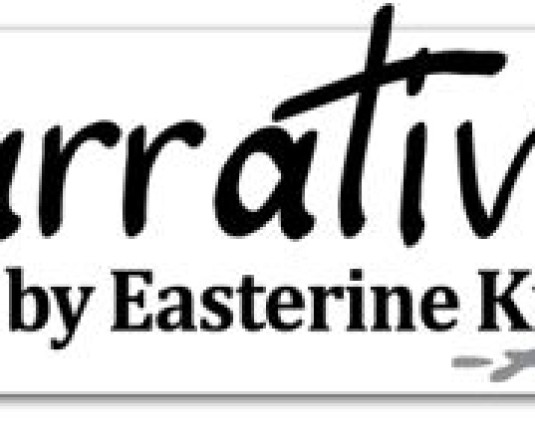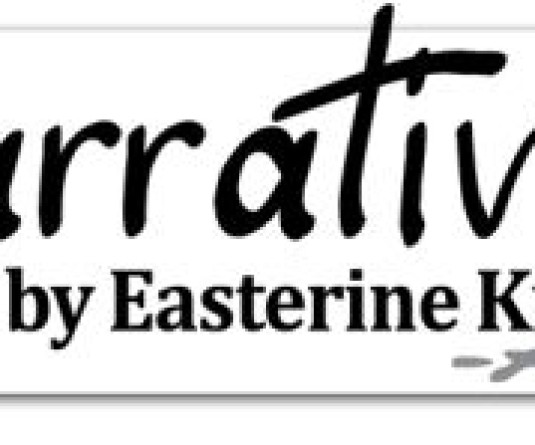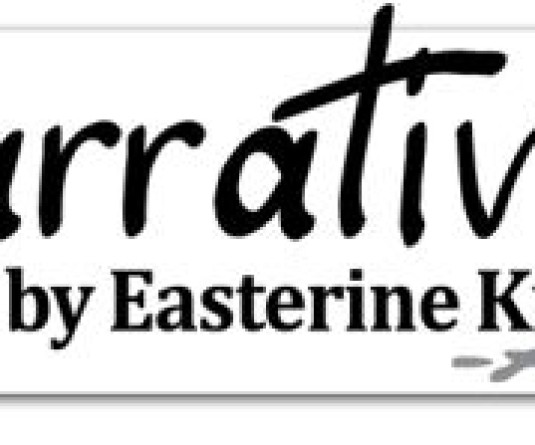
On the 4rth July, 2024, the 80th Anniversary Commemoration Service of the Battle of Kohima will be held at York Minster in the UK. It will be held at Dean’s Garden where participants will gather around the 2nd Division Memorial which is a replica of the memorial in the Kohima war cemetery with the famous lines,
When you go home
Tell them of us
And say for your tomorrow
We gave our today.
The army barracks at York have an Imphal Barracks and a Kohima Barracks with a museum attached.
Every year, the number of veterans are diminishing. So, it is a beautiful gesture to commemorate the war anniversary and honour the veterans, as well bring into remembrance the war fought so far from home by the soldiers, and won at such great cost and sacrifice.
In 1944, those who lived in the vicinity of Kohima became witness to many dramatic events. Later generations can laugh at the account of how Nagas reacted to seeing aircraft and warplanes for the very first time in their lives. Surely we would have been doing the same if we were in their places back then. In 2004, we had a project of collecting memories of survivors of the war. Many of the interviewees had been young lads during the war, some of them as young as 7, 8 and 12. The memory bank of childhood is remarkably vivid and they were able to give us very clear accounts of what they saw. It was only during World War II that our people saw airplanes for the first time. A village east of Kohima thought that the warplane flying over their village was a great bird. Everyone came running outside to see the bird, and when the strange bird released bombs, the people ran for cover because they thought it was defecating. It was reported that the village promptly observed a no-work day the next day because of the strange bird and its droppings.
The war stayed with us longer than we expected. One form was in terms of war debris. There are many stories of people finding bullets, grenades, guns and mortar shells after the war. My brother had an impressive hoard of bullets collected from the garden. Even in 1956, unexploded mortar shells could be found. Two of our men made such a discovery. They thought it was possible to carefully remove the gunpowder from the shell and reuse it. One wonders at the uses our people found for gunpowder. Our men have always been fascinated with guns and gunpowder. Sadly, the plan of the two men had a tragic outcome when they attempted to carry it out.
There were a great number of rifles found by people from different villages returning from evacuation. The guns belonged to dead Japanese soldiers. I am certain there would have been some British rifles as well. The government made sure that these illegally obtained guns were returned by the native population. Threatening punishment, the men were made to hand in the guns they had found. Every man who returned a gun was given a kilo of salt. It reminds me of the time when our people used to travel to Assam,walking for many days, carrying goods they could barter for salt. Therefore, a kilo of salt must have been seen as fair exchange for a gun. To be fair, the Nagas had concluded a treaty with the British only 65 years before the Japanese invasion, and perhaps the government cannot be blamed for harbouring suspicions about these tribes that had warrior blood in them. And if they had guns instead of bows and arrows and spears, they would prove a formidable force to reckon with. So that is how we lost out on World War Two guns.
Let me however narrate other instances when war debris was put to other uses by our highly innovative people. I find the story of the pastor who retrieved a mortar shell very amusing. The pastor emptied the gunpowder and brought the shell back to the village. He said it was as big as a water pitcher. The best use he could find for it was to use it as a church bell. I have little doubt that it is still in use in that capacity. Some houses of Khonoma were proud owners of spoons made from the metal of the wing of a crashed airplane. The housewives maintained that the metal was better than what could be found in the market. In another account, a woman of Kohima had a very unusual water container in her kitchen. It was the nose of an airplane that someone had retrieved, and the lady had made good use of it. In the sixties, our mothers were still baking Christmas cakes and the odd birthday cake in the abandoned ammunitions boxes. (Ovens were sold in the army canteen only in the seventies). Southern Angami villages had a surplus of discarded Japanese army helmets. Their women promptly collected them, drilled holes in them and filled each helmet with soil so they could plant flowers in them. This is how the war came to stay with us. It will be interesting to see where it will be ten years down the line.






